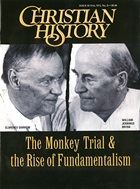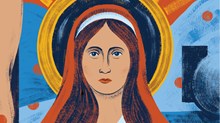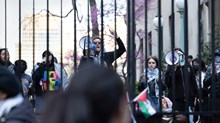Growing Concern: 1870-1900
1876
What will eventually be called the Niagara Bible Conference first meets (meeting annually until 1901); it inspires Bible and prophecy conferences nationally, which defend the Bible's verbal inerrancy and promote holiness and premillennialism
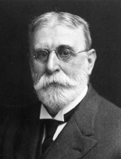
1881
Presbyterian theologians B. B. Warfield and A. A. Hodge write "Inspiration," which defends the inerrancy of Scripture; such articles begin to appear increasingly
1889
Moody Bible Institute founded, inspiring the founding of hundreds of Bible institutes and colleges that will become centers of fundamentalism
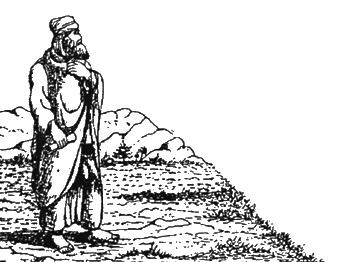
1892
Charles Briggs, liberal professor of Old Testament at Union Theological Seminary, New York, is convicted of heresy for his liberal interpretations of the Bible
Defining the Issues: 1900-1920
1909
Scofield Reference Bible, whose notes teach dispensationalism and Keswick holiness, published; will become best-selling Bible among fundamentalists
1910-1915
The Fundamentals published; promotes conservative teaching
1910
Northern Presbyterian Church affirms five essential doctrines: inerrancy of the Bible, the Virgin Birth, Christ's substitutionary atonement, his bodily resurrection, and miracles
1919
World's Christian Fundamentals Association formed, the largest and longest-lasting (until the 1940s) international fundamentalist association
1920
Curtis Lee Laws, editor of the Baptist Watchman-Examiner, coins the term fundamentalist
1920
Conservatives in the Northern Baptist Convention organize the Fundamentalist Fellowship to combat spreading liberalism
Public Confrontations: 1920-1930
1923
J. Gresham Machen's Liberalism and Christianity defines liberalism as another religion
1923
Baptist Bible Union formed to gather Baptist fundamentalists of various denominations
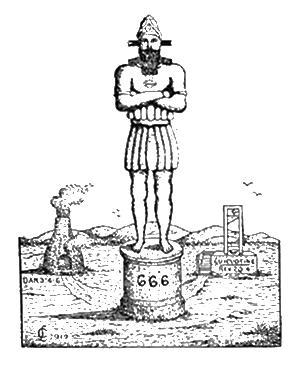
1924
Evangelical Theological College (later Dallas Theological Seminary) founded; will become a dispensational stronghold
1925
At the Scopes trial, fundamentalism fares poorly in most Americans' eyes
1929
Presbyterian fundamentalists found Westminster Theological Seminary
Institution Building: 1930-1950
1932
Northern Baptist fundamentalists form the General Association of Regular Baptists
1936
Presbyterian fundamentalists form the Orthodox Presbyterian Church
1937
Disgruntled Orthodox Presbyterians form Bible Presbyterian Church
1941
American Council of Churches formed as a conservative alternative to World Council of Churches
1947
Moderate Northern Baptist fundamentalists form the Conservative Baptist Association
Liberalism and Neo-Orthodoxy
1874
John Fiske's Outlines of Cosmic Philosophy is one of many books that try to combine Christianity and the new scientific learning
1880
Society of Biblical Literature formed to promote scientific study of the Bible
1891
Washington Gladden's Who Wrote the Bible popularizes the new biblical criticism
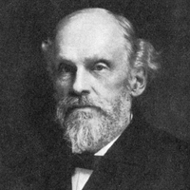
William N. Clarke
1894
William N. Clarke's An Outline of Theology is the first systematic theology from a liberal perspective
1908
Federal Council of Churches adopts "The Social Creed of the Churches" to promote the social gospel
1917
Walter Rauschenbusch's A Theology of the Social Gospel further popularizes the political and social optimism of liberalism
1922
Harry Emerson Fosdick creates a stir with his sermon, "Shall the Fundamentalists Win?"
1924
Shailer Mathews's The Faith of Modernism will become the most widely distributed book promoting modernism
1927
Presbyterian General Assembly decides the five fundamentals are no longer binding for ministerial candidates
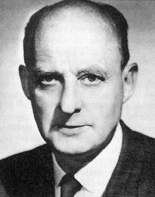
1932
With Reinhold Niebuhr's Moral Man and Immoral Society, neo-orthodoxy ascends, critiquing liberalism's optimism and its accommodation to culture
1936
John Mackay assumes presidency of Princeton Theological Seminary; leads Presbyterianism in neo-orthodox directions
Copyright © 1997 by the author or Christianity Today/Christian History magazine.
Click here for reprint information on Christian History.

Support Our Work
Subscribe to CT for less than $4.25/month






















